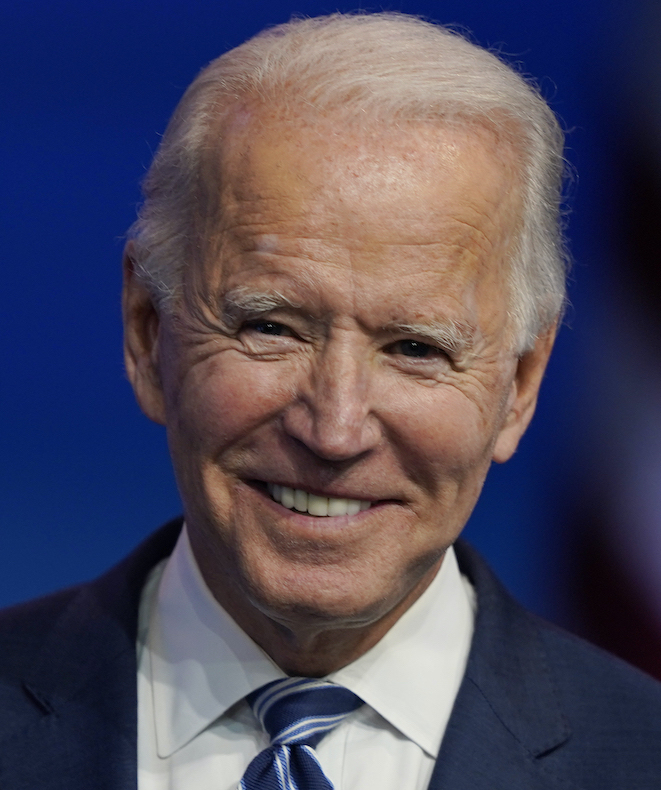Rebuild health stockpiles to be ready for crises
Joe Biden
"Rebuild critical stockpiles, ensure adequate surge manufacturing capacity in times of crisis, and regularly review supply chain vulnerabilities."
Biden Promise Tracker

In the Works